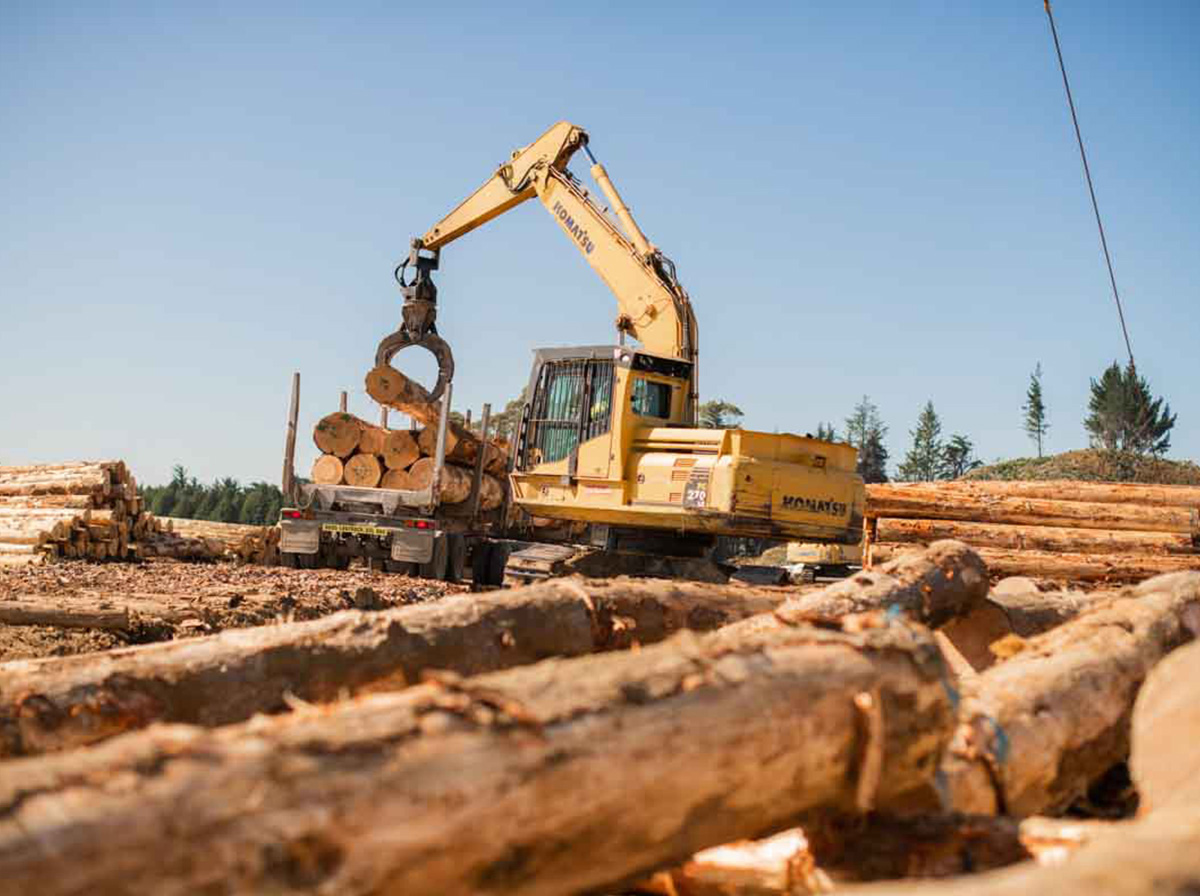The economy in Tairāwhiti remains under pressure, with a 1.0%pa drop in economic activity in the June 2025 quarter dragging year-end activity down 1.2%pa, according to provisional estimates from Infometrics.
More mixed results in the primary sector locally, combined with lower construction activity and lower retail, accommodation, and food services activity all restrained the local economy recently.
Job numbers are down 2.2%pa in Tairāwhiti, with primary sector, tourism, and construction roles all lower than a year ago. More roles in healthcare have limited the overall decline. Job ads remain around 15% lower than a year ago. The tougher jobs market continues to limit spending, with Marketview card data showing a 0.8%pa decline in spending over the 12 months to June 2025. Although a drop, this decline wasn’t as large as the national fall of 1.7%pa.
Primary sector activity in Tairāwhiti remains mixed, despite strong foundations for some key industries. Higher meat prices for beef and lamb are providing a stronger pay-out to farmers in the region, although a 10%pa in meat slaughter volumes across the Gisborne- Hawke’s Bay area in the June 2025 quarter has limited these gains. Fruit and vegetable growers remain under some pressure, with higher operating costs hitting local producers. Forestry export nationally are more robust at present, with rising export values and volumes, helping support a 14%pa increase in gross weight exported directly from Eastland Port – all despite ongoing lacklustre forestry product commodity prices.
Construction intentions remain more constrained, with a 35%pa fall in annual non-residential consent values, with the $45.3m the lowest since the start of 2020. Residential consents are down too, falling 20%pa, albeit from high levels previously. Infrastructure activity appears to be more solid across the region. Despite more challenging construction conditions recently, the Tairāwhiti housing market appears to be generally in a better position than a year earlier. House sales have lifted 14%pa, and there are more listings, first home loan purchases, and better housing affordability as house values remain 2.7% lower than a year ago. Public housing numbers have risen, and housing register applicants and emergency housing grants have fallen. However, rental pressure is clear in the region, with average rent now taking up 24% of average household incomes – above the national average and still rising. The crime rate in Tairāwhiti has increased to 478 proceedings per 10,000 residents over the year to June 2025, the highest rate in two years. Although theft has fallen in the area, more serious burglary crimes have increased, alongside more drug offences and bail breaches.
Infometrics Quarterly Economic Monitor Tairāwhiti June 2025

